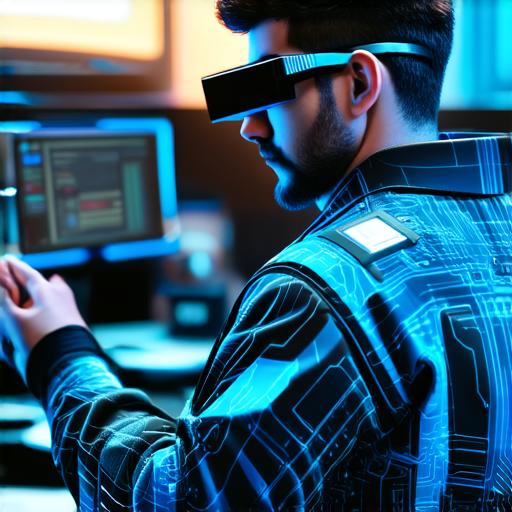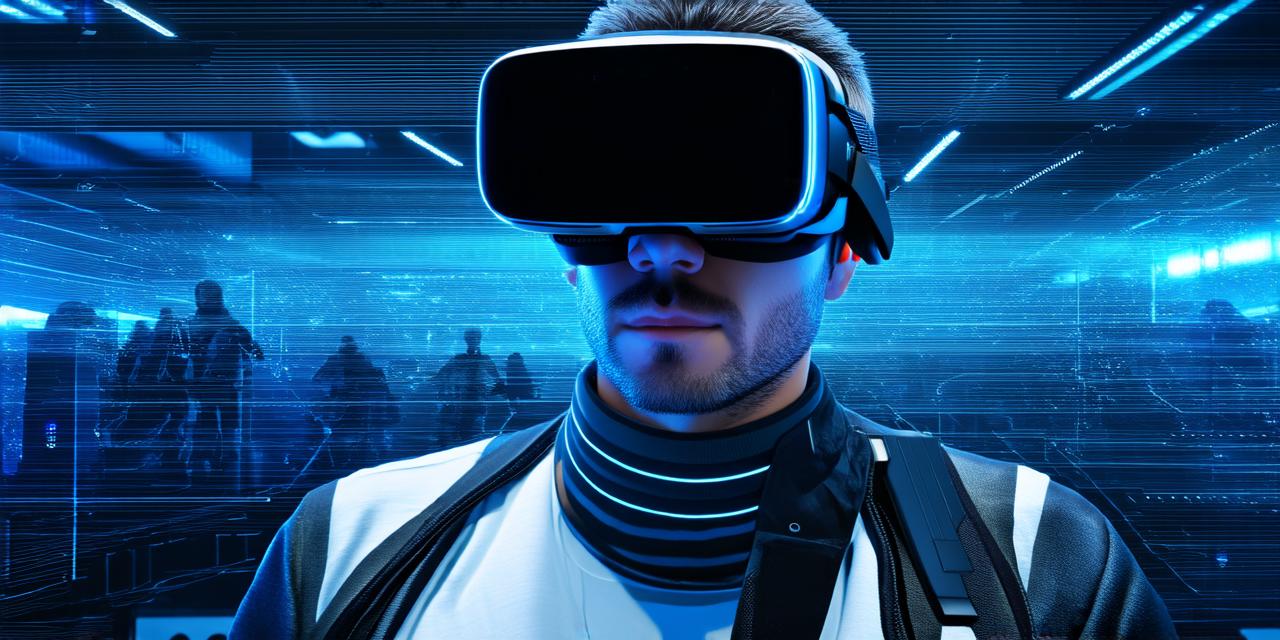Introduction
In today’s fast-paced digital world, augmented reality (AR), virtual reality (VR), and mixed reality (MR) have emerged as game-changers in the field of technology. These technologies have revolutionized the way we interact with our environment, offering a new level of immersion and engagement that was previously unimaginable. As an AR developer, understanding how to implement these technologies is crucial for creating cutting-edge experiences that captivate audiences and drive business growth.

Understanding Augmented Reality
Augmented reality is a technology that superimposes digital information onto the real world, creating an enhanced version of our environment. AR applications use a camera or sensors to track the user’s location in the physical world, then overlay digital content onto the camera feed, providing users with a seamless integration of the real and virtual worlds.
AR has numerous applications across various industries, including gaming, marketing, education, and healthcare. One of the most popular AR apps is Pokemon Go, which allows users to catch virtual creatures in real-world environments. Other notable examples include IKEA’s AR furniture visualizer and Snapchat’s AR filters.
AR technology offers several advantages, including increased engagement, enhanced learning experiences, and improved decision-making processes. By offering a more immersive and interactive experience, AR can help businesses capture the attention of their customers and drive growth.
Implementing Augmented Reality
To implement an AR application, you will need to choose a development platform and select the appropriate tools for creating and deploying your app. Some popular AR development platforms include Unity, Unreal Engine, and Vuforia. These platforms offer various features and capabilities that cater to different needs and skill levels.
Once you have chosen your development platform, you will need to create a 3D model of the digital content you want to overlay onto the real world. You can use tools like Blender or Maya for this purpose. Next, you will need to integrate your 3D model with the AR development platform, using APIs and SDKs provided by the platform provider.
Finally, you will need to deploy your AR app to a suitable device, such as a smartphone or tablet. You can also publish your app on app stores like the Apple App Store or Google Play Store, making it accessible to a broader audience.
Understanding Virtual Reality
Virtual reality is a technology that creates a completely immersive experience, allowing users to enter and interact with a simulated environment. VR applications use head-mounted displays (HMDs) or other sensory devices to track the user’s movements and provide a sense of presence in a virtual world.
VR has numerous applications across various industries, including gaming, entertainment, education, and training. Some popular VR games include Oculus Rift’s Beat Saber and Half-Life: Alyx. Other notable examples include the VR experience at the New York Public Library and NASA’s VR astronaut training program.
VR technology offers several advantages, including increased immersion, improved learning outcomes, and enhanced creativity. By offering a more engaging and interactive experience, VR can help businesses capture the attention of their customers and drive growth.
Implementing Virtual Reality
To implement a VR application, you will need to choose a development platform and select the appropriate tools for creating and deploying your app. Some popular VR development platforms include Unity, Unreal Engine, and A-Frame. These platforms offer various features and capabilities that cater to different needs and skill levels.
Once you have chosen your development platform, you will need to create a 3D model of the virtual environment you want to create. You can use tools like Blender or Maya for this purpose. Next, you will need to integrate your 3D model with the VR development platform, using APIs and SDKs provided by the platform provider.
Finally, you will need to deploy your VR app to a suitable device, such as an HMD like the Oculus Rift or HTC Vive. You can also publish your app on VR app stores like Steam, making it accessible to a broader audience.
Understanding Mixed Reality
Mixed reality is a technology that combines elements of both augmented and virtual reality, providing users with a hybrid experience that blends real-world content with digital elements. MR applications use sensors and cameras to track the user’s location in the physical world, then overlay
